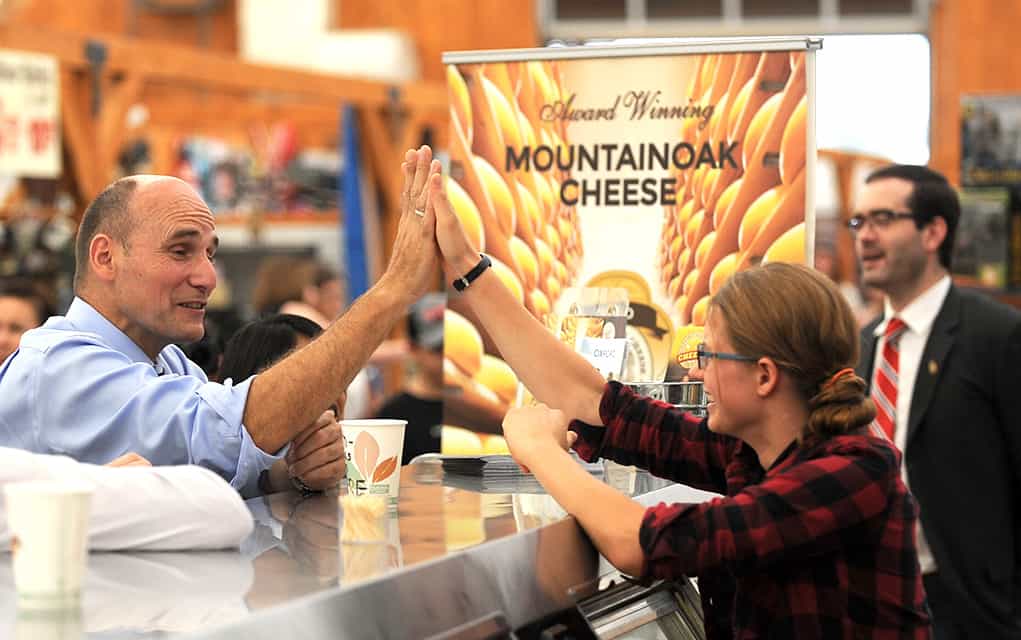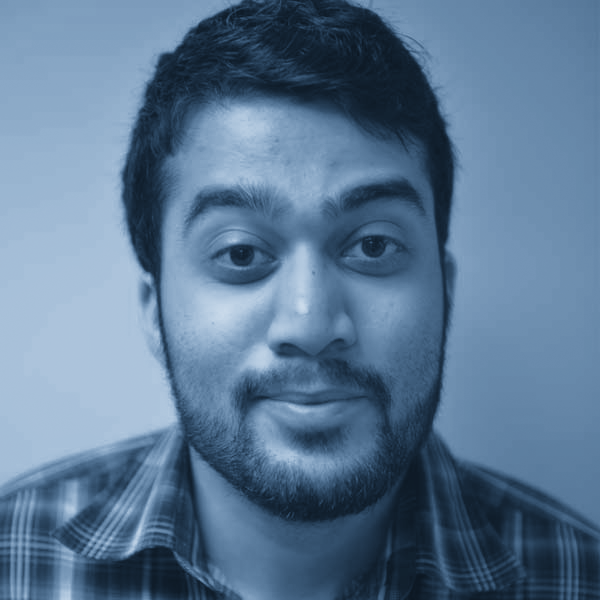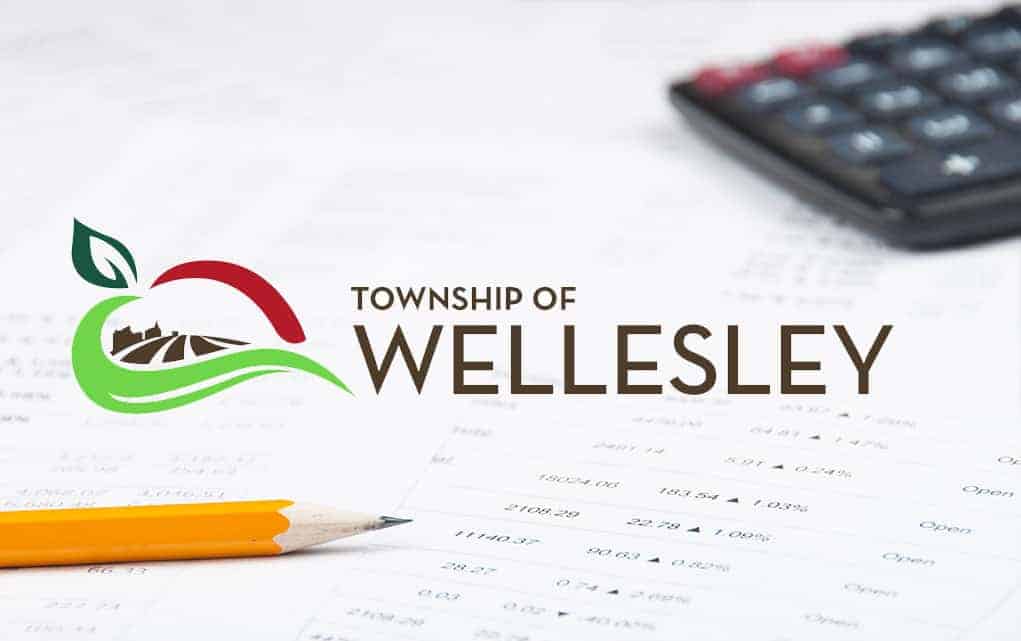Books, binders and backpacks: as many parents take part in the annual back-to-school preparations, they’ll no doubt be keeping one eye on their pocket books. Like a rising tide, the costs of raising a child are always climbing higher, while a widening wage gap can make it a challenge for some to keep up.
A perennial concern, from the federal government’s perspective the solution lies in supporting and strengthening the country’s middle class, said Jean-Yves Duclos, the federal Minister of Families, Children and Social Development.
“In many places in Canada, people have been asking what is the most important source of economic and social development,” said Duclos, who was visiting the St. Jacobs Farmers’ Market on Tuesday. “The answer is the middle class. Middle-class Canadians are those that provide the biggest investments in their skills, in their workplace, and in their children.”
Joining Duclos for a tour of the local market was Waterloo MP Bardish Chagger, who could relate all the attractions of the market, and Cambridge MP Bryan May.
“This is a wonderful, visible sign about what it means to be a middle-class community, a middle-class region,” said Duclos.
Supporting and growing the Canadian middle class has long been a central fixture of the Liberal government’s platform. But while an important concept, the reality of what it means to be middle class has often been a mercurial definition to pin down.
According to census data collected by Statistics Canada, the majority of Canadians have consistently seen their incomes struggle to keep up with the country’s top earners. In 1985, 75 per cent of Canadians made $51,000 or less; in 2015, that figure rose to $60,000, or by 18 per cent. Those in the top one per cent, by contrast, saw the floor rise from earning a minimum of $158,000 in 1985, to $234,000 by 2015 – an almost 50 per cent increase.

On the widening gap, Duclos notes the longstanding trends facing Canadians.
“There have been two sources of anxiety that middle class Canadians have felt over the last 30 years, roughly speaking,” said Duclos.
“First is increased inequality, and that comes mostly from the fact that the richest Canadians, the top one per cent in particular, have seen their income shares in our economy grow significantly for all sorts of reasons. Technology, globalization, but also public policy has also sometimes supported the richest Canadians more than really they needed and that they asked for.”
The second source, he said, was uncertainty in the future, from retirement and job security to the employment opportunities of future generations.
The federal government has been working to buttress middle-class families, said Duclos, such as through increasing Canada Child Benefit (CCB), as well as indexing the benefit to increase in lock-step with the cost of living.
“In this community nine families out of ten are now receiving $200 more, per month, non-taxable, then under the earlier Conservative plan,” he said.
Middle class tax cuts, said Duclos, and asking those top earners to pay a little more in taxes, was another effort spearheaded by the government.
“[And] reducing child poverty by 40 per cent. It is the biggest, single reduction in child-poverty in the history of our country. We are taking 300,000 children out of poverty, and 200,000 of their parents,” he said.
“And under the leadership of Justin Trudeau and the campaign, these are two of the commitments that we made, and these are two of the first commitments that we followed through on when we took office,” added Chagger.
“The best part of this is that it’s working. All of these measures that we’ve taken have actually resulted in a faster growing economy,” said May.
Ultimately, the strength of these initiatives will be decided at the till, as parents in the township and across the country finish picking up the last of the school supplies ahead of the start of the year.









